Kentucky’s Conservative Urbanism
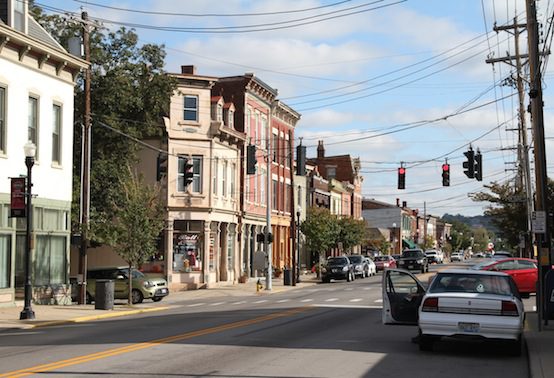
All the talk about urbanism these days is dominated by places like Brooklyn, Portland, Vancouver, and San Francisco because they’re prosperous and fashionable. It’s so easy to dismiss them as anomalies. Defenders of suburbia are quick to say (with some justification) that, “Most ordinary people don’t live in places like that.” So let’s look at a supremely middle-of-the-road small town in Kentucky.
This is the historic Main Street in Bellevue, Kentucky. The buildings are close together, they tend to have a mix of uses with shops downstairs and apartments upstairs. The business district is walkable and bikeable. It’s easy and safe for older people as well as children to navigate. The majority of the shops are locally owned. And notice that not a single building is more than three stories tall. Downtown Bellevue is… charming.
It also happens to embody all the tenets promoted by the Smart Growth “coastal elite”. Except Bellevue was founded in 1870 by some profoundly conservative market oriented families. Bellevue isn’t New Urbanism. It’s just plain old fashioned regular urbanism like every other town built before World War II. Its form was dictated by practical considerations based on what worked well on a tight budget. From the beginning there was a good balance of taxable private property relative to the public cost of providing quality municipal services.
The majority of the homes in Bellevue are fully detached single family houses with front and back yards. Bellevue happens to have de facto “affordable housing” in the form of those apartments above the shops downtown and modest single family homes mixed in with the grander places in the same neighborhood. Landlords are likely to live in the same building or very nearby and to attend the same church and shop in the same stores as tenants. There’s simply no need for subsidized housing or government “projects”.
And Bellevue is a NORC – a Naturally Occurring Retirement Community. People just automatically like living in town in their later years. Why move to a segregated village for the elderly in Florida or Arizona with a shuttle bus to the mall on Tuesdays when you could live close to family and friends in your home town?
Yet Bellevue is also an excellent place for young families with children. In short, Bellevue is a complete place and an excellent example of really good urbanism that’s every bit as solid as the trendy places that get all the lime light these days. Not coincidentally, its a highly sought after place to live.
Here’s something else you see in a lot of older places. Some of the best land in town along the river has been set aside as a public park. In part this is a response to the fact that the Ohio River floods periodically. Having a park take the brunt of the damage is more cost effective than building and maintaining a massive levee. But the riverside park does something else. The public park raises the collective value of all private property in town, not just expensive homes right on the water. This isn’t some communist redistribution of income. It’s a pragmatic capitalist technique to take a little strip of public land and passively leverage it to create much larger private value.
These photos are also from Bellevue, Kentucky. These were taken in the modern, post World War II suburban section of town next to the Highway. The needs of motorists are paramount here. The streets are extra wide and there’s plenty of free off street parking. The shops cater to people who drive. The gas stations, auto parts store, car wash, supermarket, and drive-thru restaurants are all exceptionally welcoming and useful to folks in cars.
Some people like living in a walkable neighborhood. Other people prefer a driveable suburban living arrangement. It’s a big country so there’s room for everyone to find a place they really love and want to call home. But there are inherent benefits and drawbacks to each kind of development. Notice that everything that makes the old part of Bellevue pleasant for people on foot makes it less conducive to people in cars. The opposite is true in the newer part of town. The more a place is made effortlessly driveable the less it works for pedestrians or cyclists.
Bellevue has a grand total of 576 acres and serves a population of 5,900 people. It’s contained on all sides by other municipalities as well as the river. Horizontal expansion isn’t an option. Bellevue has a fixed amount of capital stock in the form of land. That’s all there is to work with.
Here’s how the suburban auto-oriented development pattern uses that scarce resource. A handful of one story, single use, semi disposable buildings are scattered across a vast landscape of mostly empty parking lots. And nearly every one of these businesses is an out-of-town corporate chain that sucks money directly out of the local economy in exchange for a tiny sliver of sales and property tax. No one in Bellevue will ever see the owner of Kroger or McDonald’s at church on Sunday or at the local PTA.
In contrast, here’s a section of Bellevue’s historic business district. The traditional development pattern delivers far more value per acre while requiring infinitely less public infrastructure. These small mixed use buildings from the late 1800’s are as solid as ever. Because they’re small and lack giant parking lagoons they tend to repel national chains that need more space and have very specific design parameters. That’s actually a good thing since it creates a niche for local merchants who are far better at recirculating money within town.
Let’s go back to the riverfront again. Here’s a stretch of Bellevue that uses the post war land use pattern. A good deal of the land right up against the water has been turned in to a Burger King parking lot. People living directly across the street just one block from the river actually have lower property values because of this form of development. That translates to less tax revenue for the town with more ongoing maintenance expenses for the oversized car oriented infrastructure.
Here’s another modern approach to riverfront development. This cluster of mid-rise condos is built on a giant fortified plinth in the floodplain in order to sell water views at a premium. In exchange, all the neighbors get a view of the parking garage and trash dumpsters. I’m pretty sure no one pays extra to live next door to this place even though it’s only a block from the river. This is a winner-takes-all approach. The more locals try and access the river near this private complex the more the condo residents will complain to the authorities about trespassing. Bellevue gained some taxable revenue from the condos by devaluing all the surrounding property. That’s not a great economic plan over the long haul.
Most municipalities and states (and the federal government for that matter) are consistently spending more than they collect in revenue. A majority of towns are already deep in debt and servicing that debt is becoming a larger and larger portion of the budget. The usual conversation of, “Teachers are paid way too much” and, “We just need to entice a big employer to our town” or, “If we widened the highway the new Target and Walmart will arrive to provide tax revenue” has entered an era of diminishing returns. This approach isn’t going to fix what’s broken. In fact, this set of policies is what’s slowly destroying our towns.
The idea that compact, mixed use, pedestrian friendly development is somehow alien to American families or productive capitalism is so strange. It’s exactly this type of building that made America financially and culturally strong from the very beginning. It’s actually all the low grade scattershot construction smeared across the landscape that’s concentrating wealth into fewer and fewer distant hands and impoverishing ordinary towns and families.
John Sanphillippo is an amateur architecture buff with a passionate interest in where and how we all live and occupy the landscape. This post was originally published at his blog, Granola Shotgun.
Follow New Urbs on Twitter for a feed dedicated to TAC’s coverage of cities, urbanism, and place.
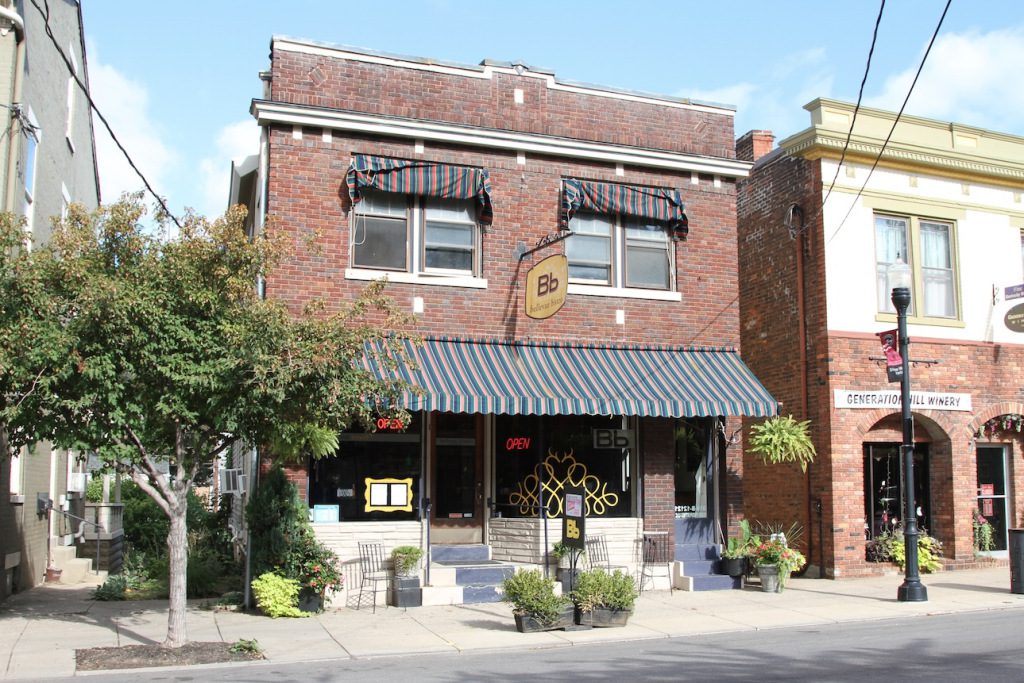
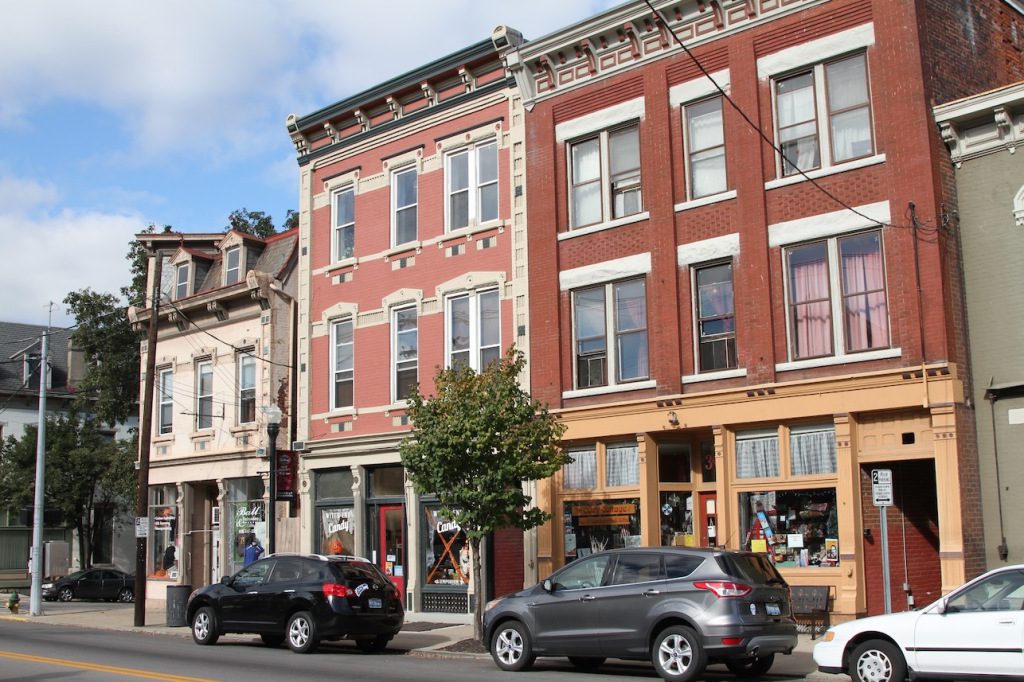
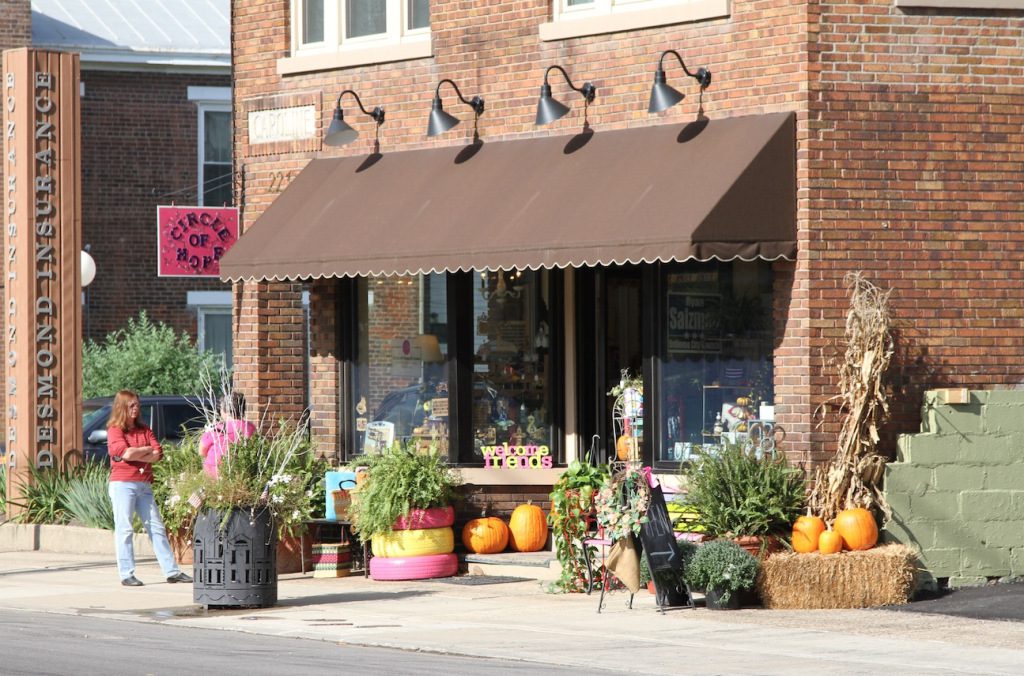
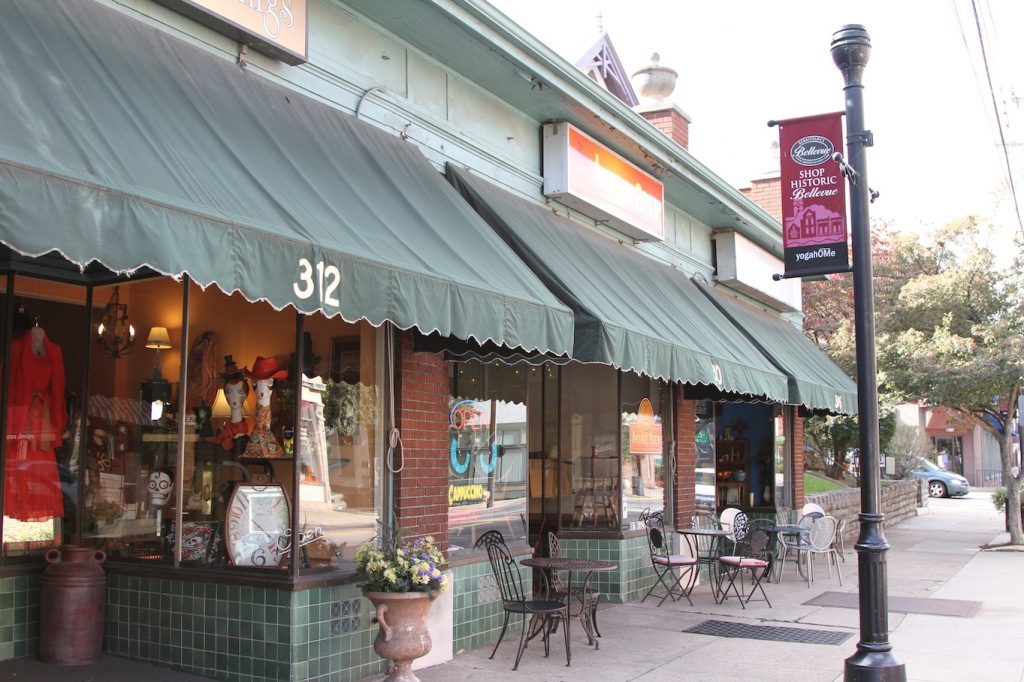
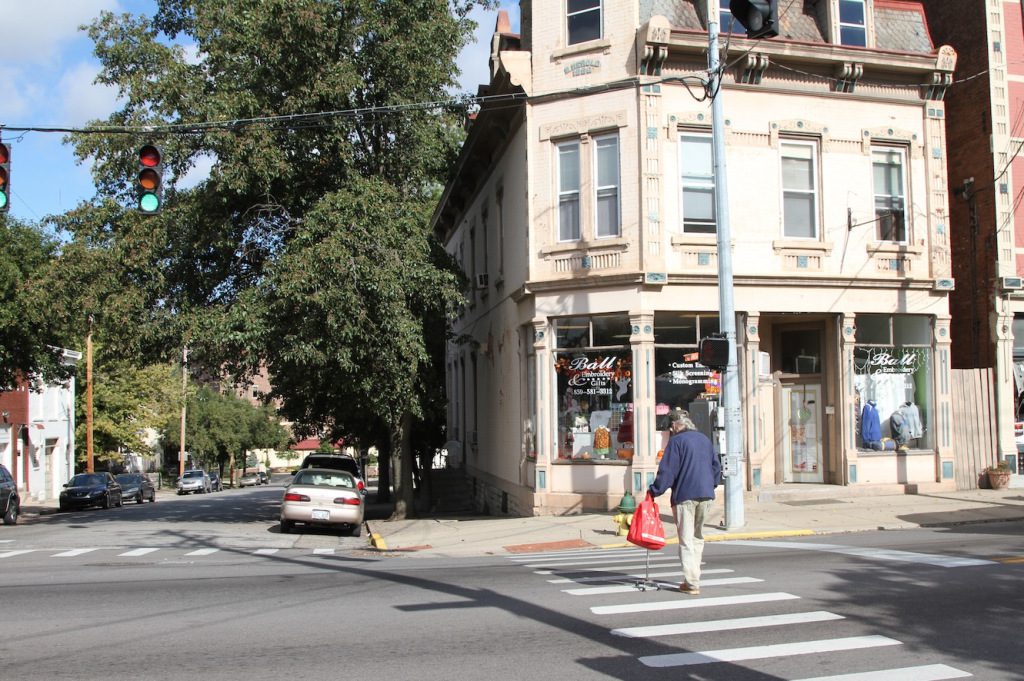
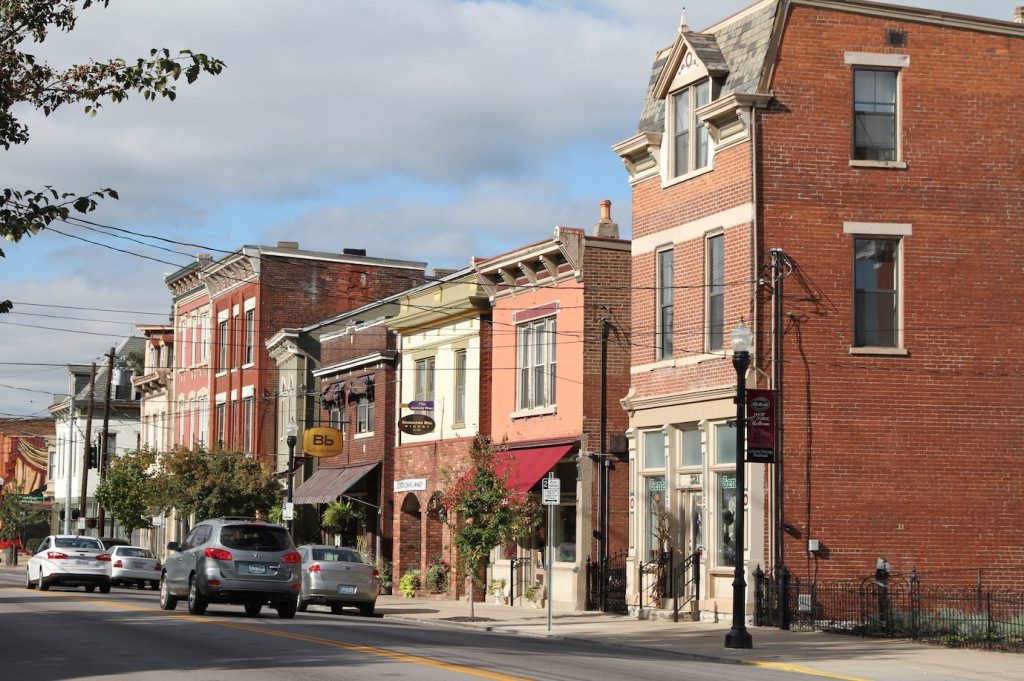
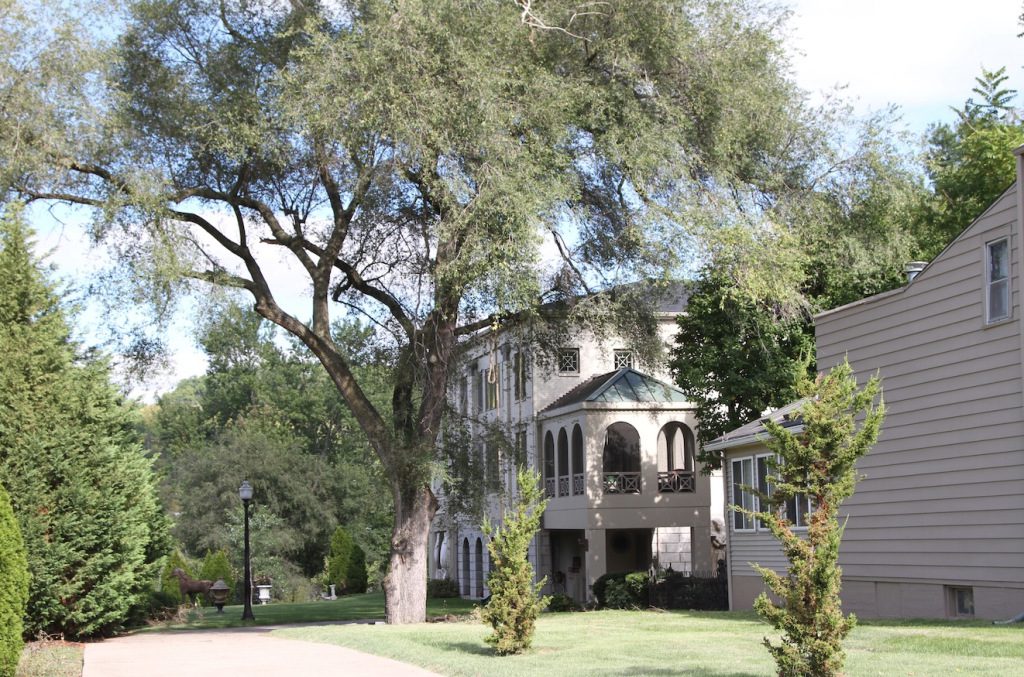
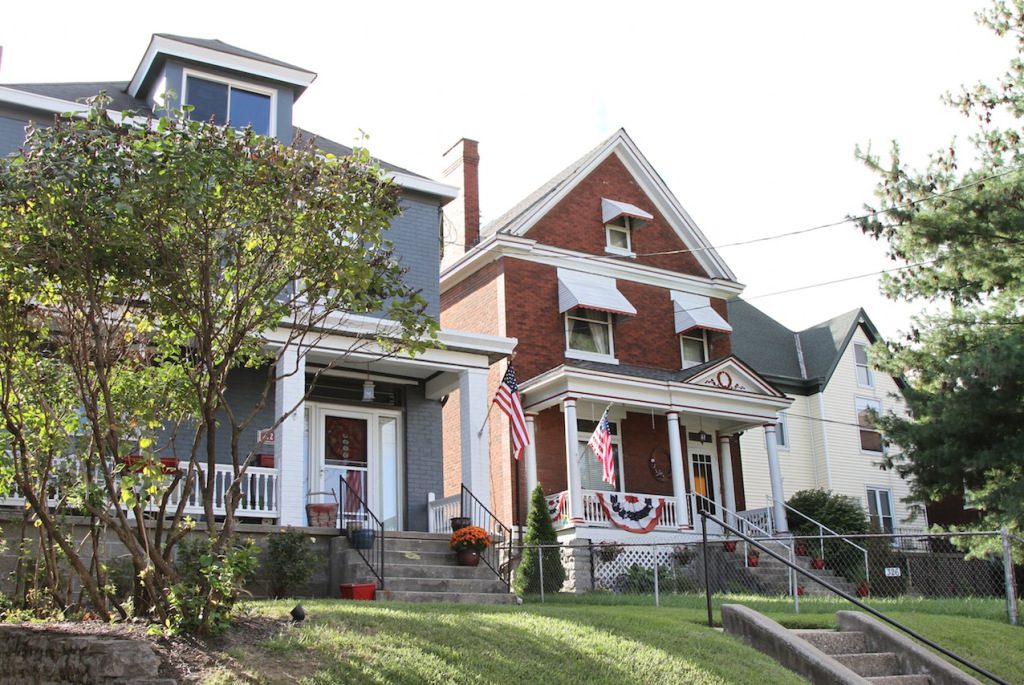
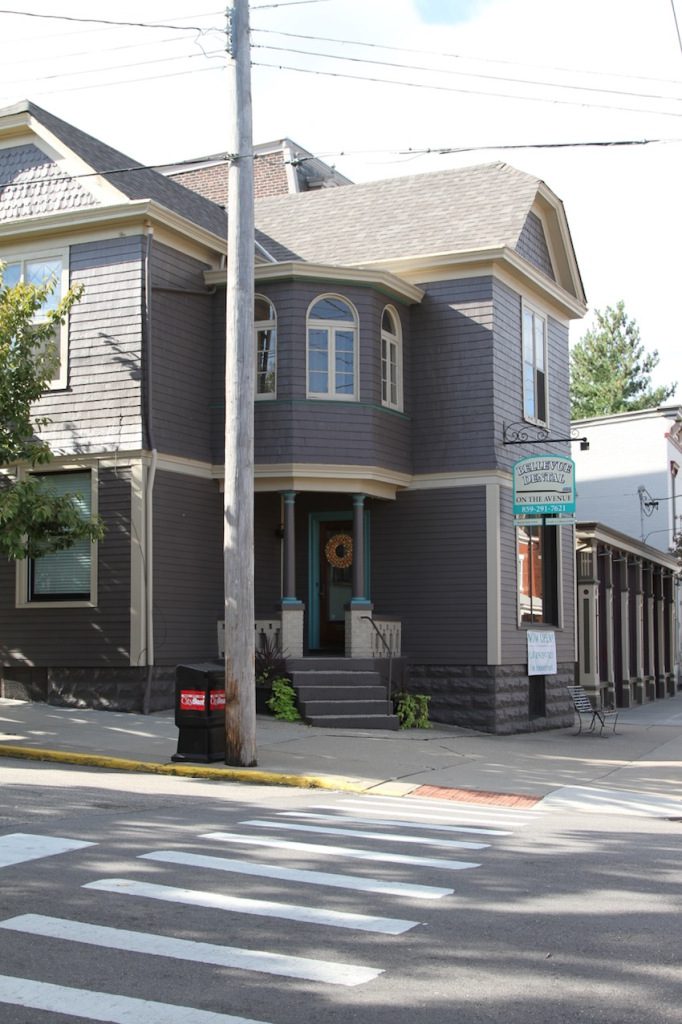
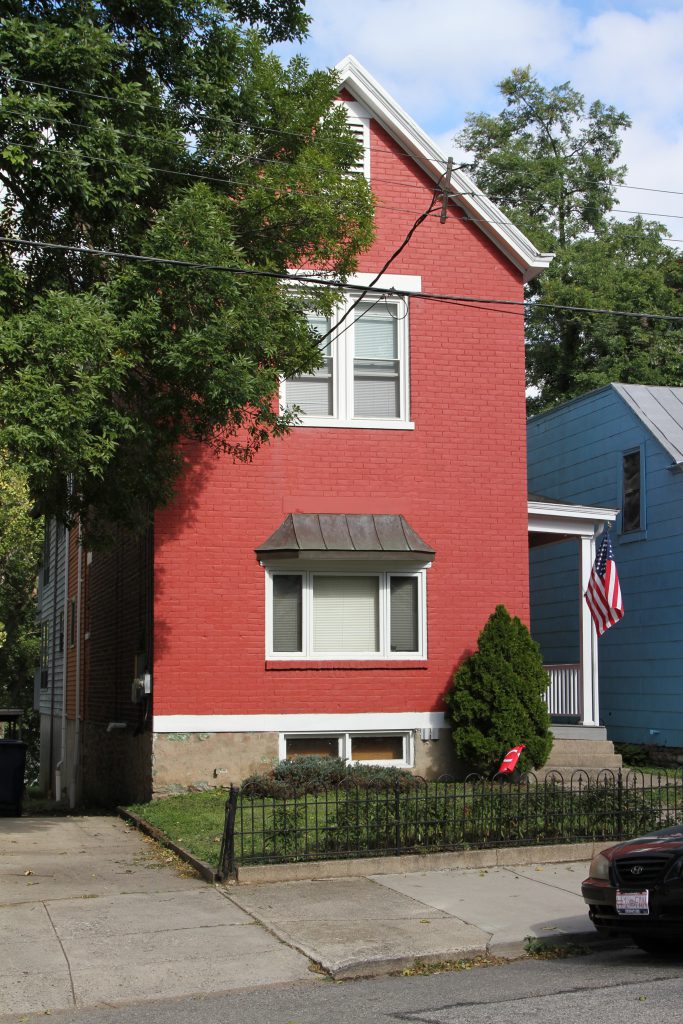
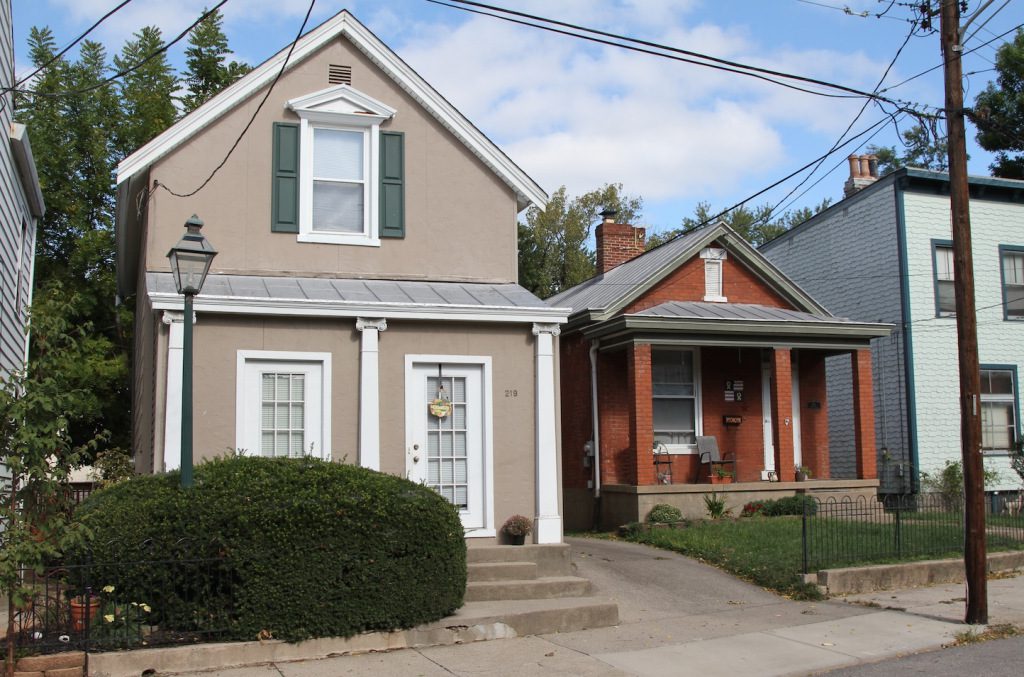
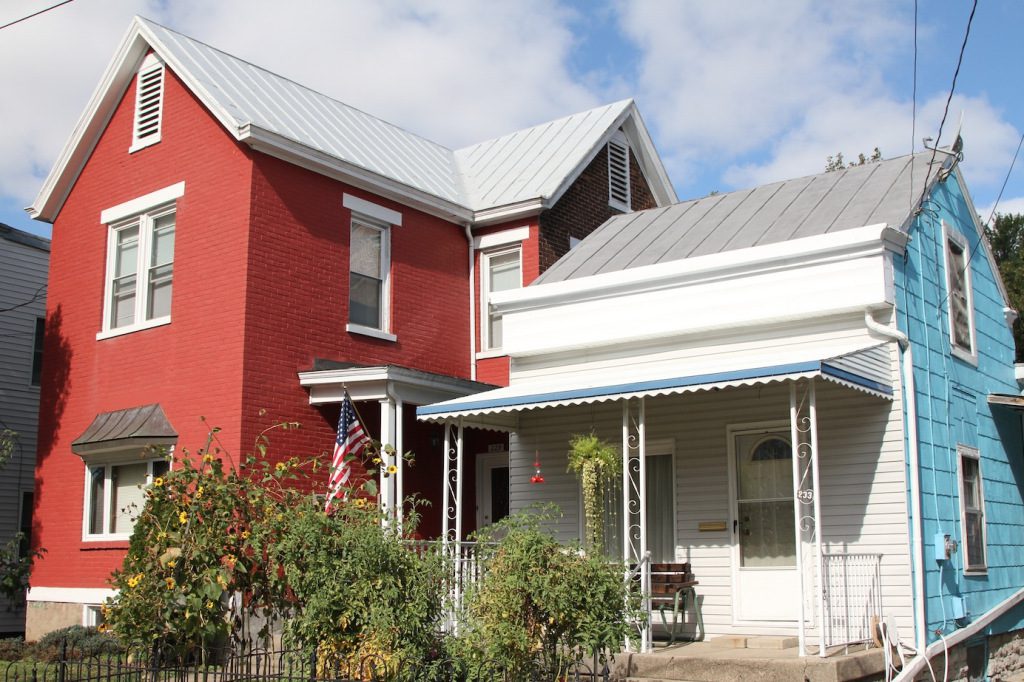
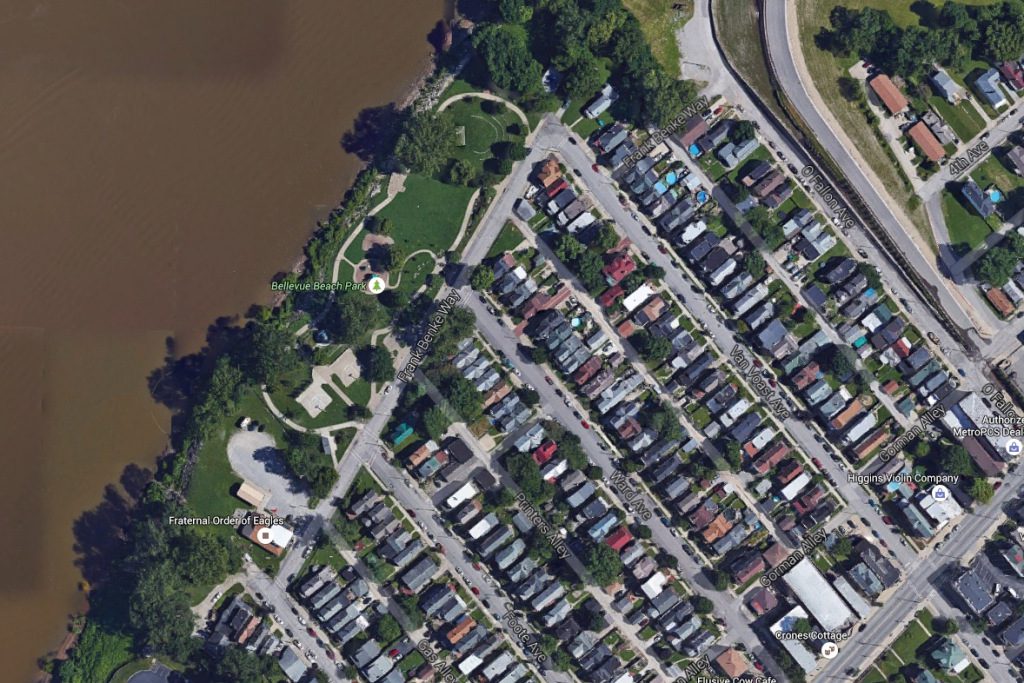
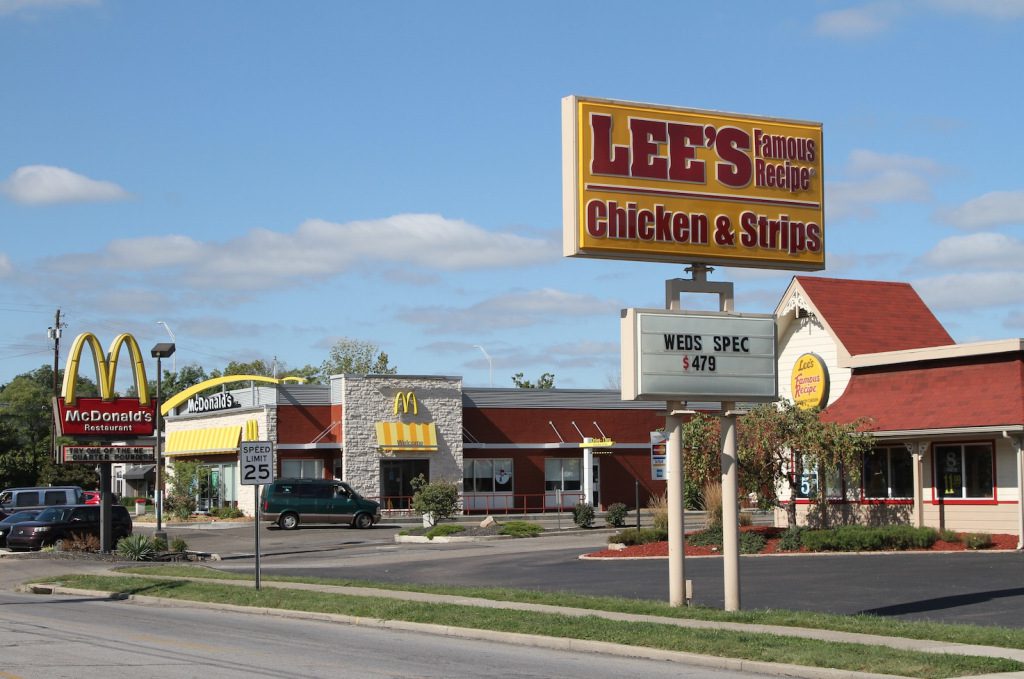
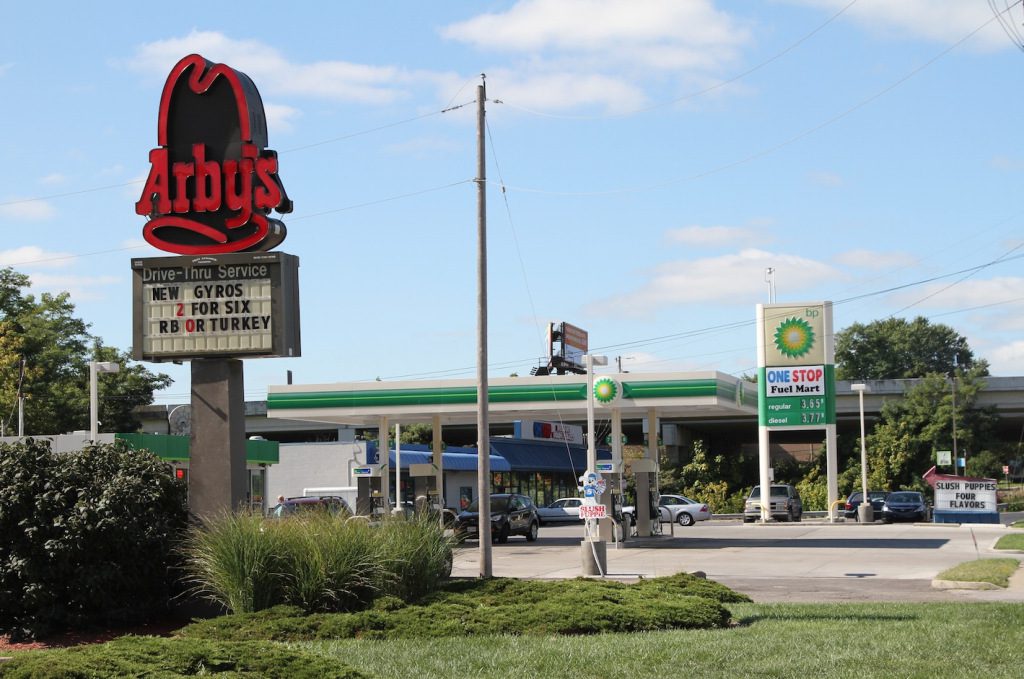
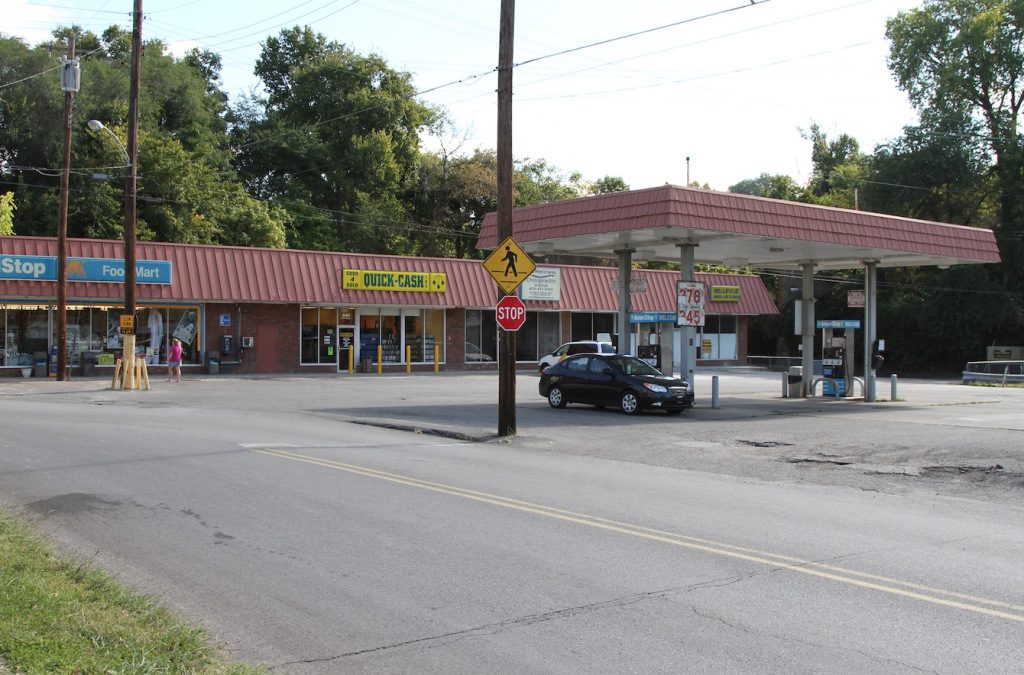
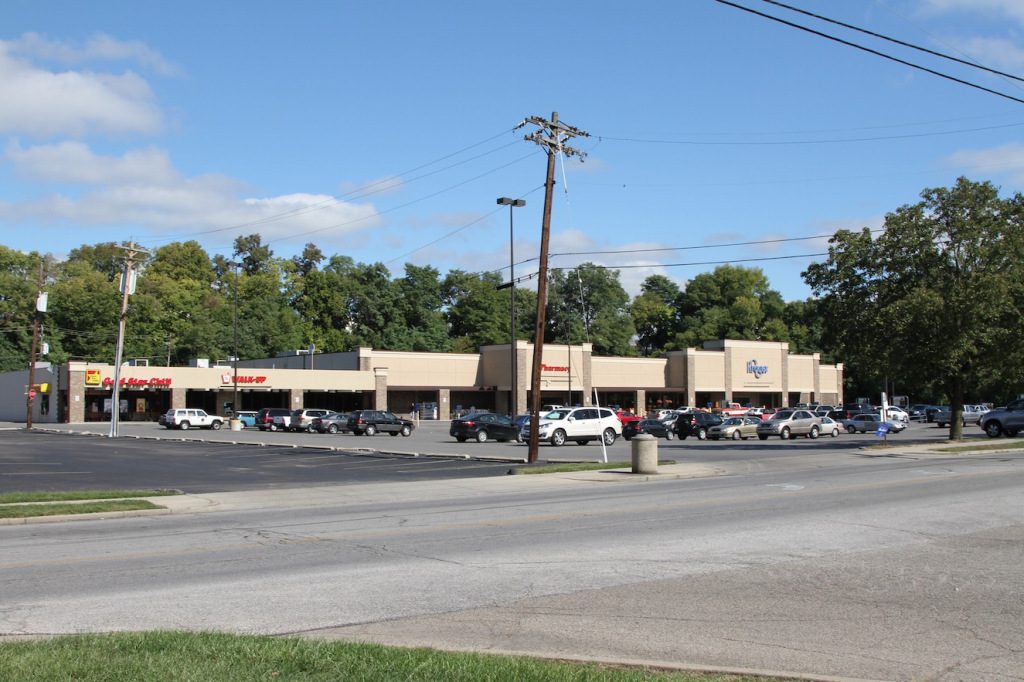
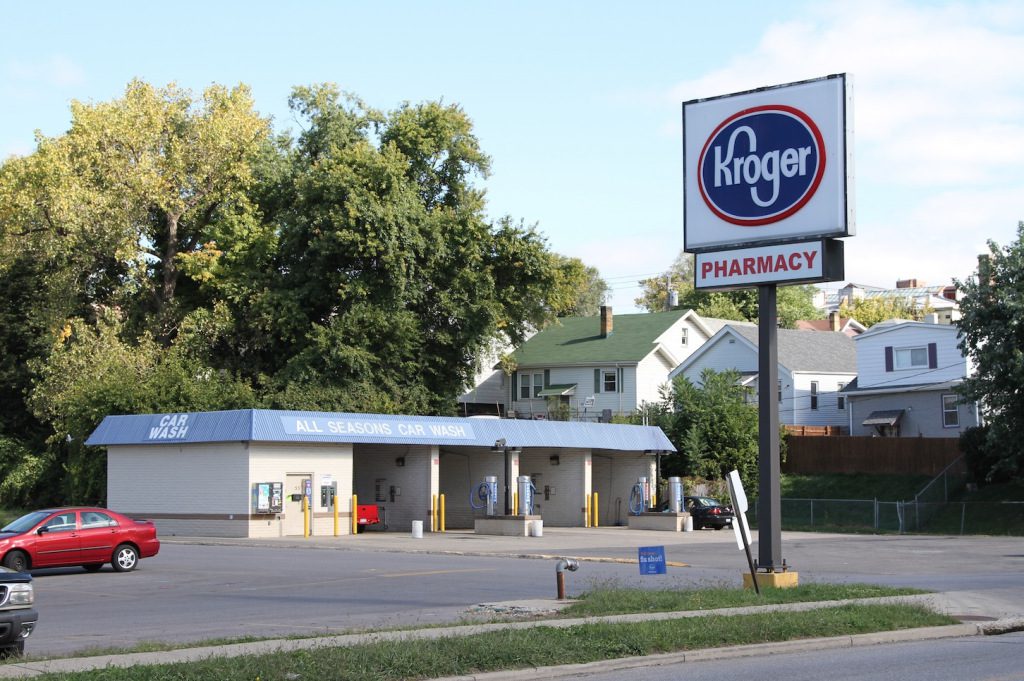

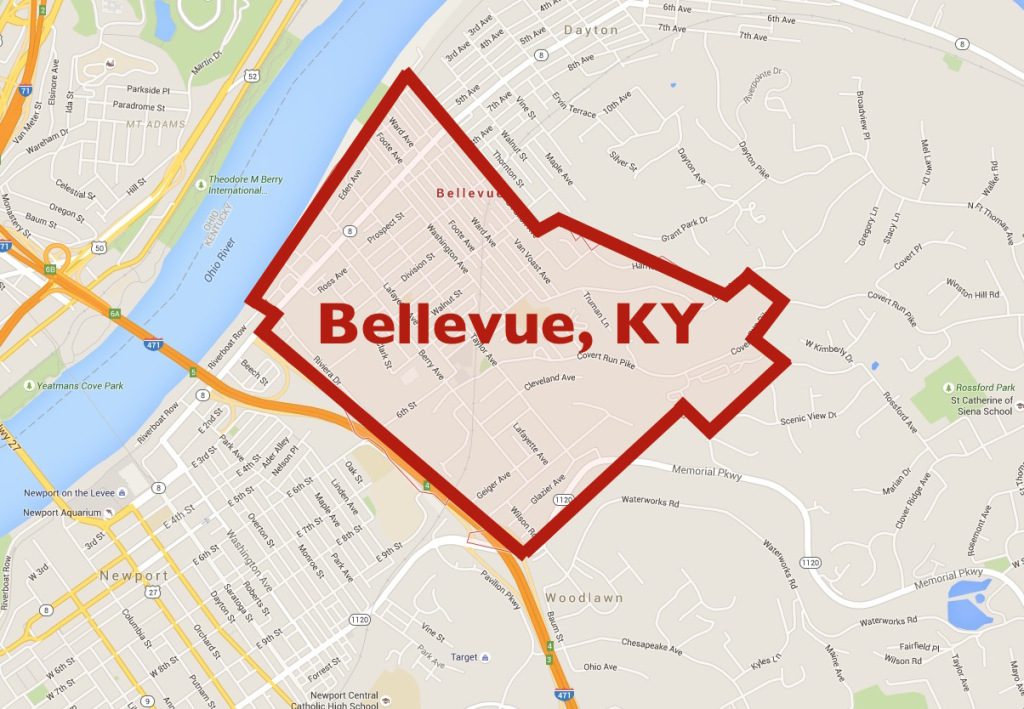
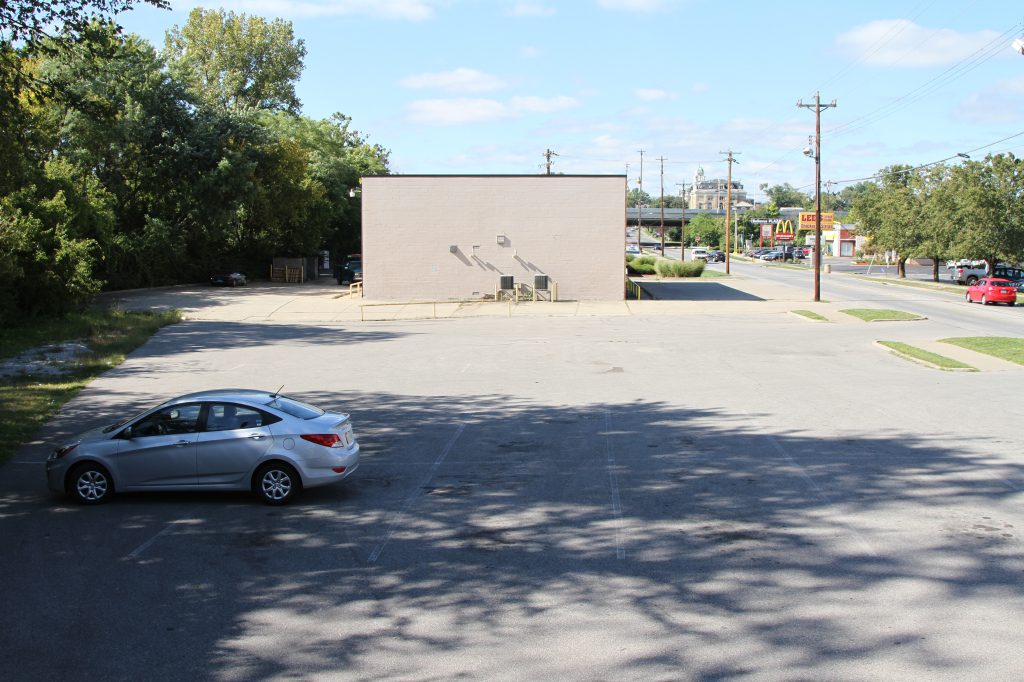
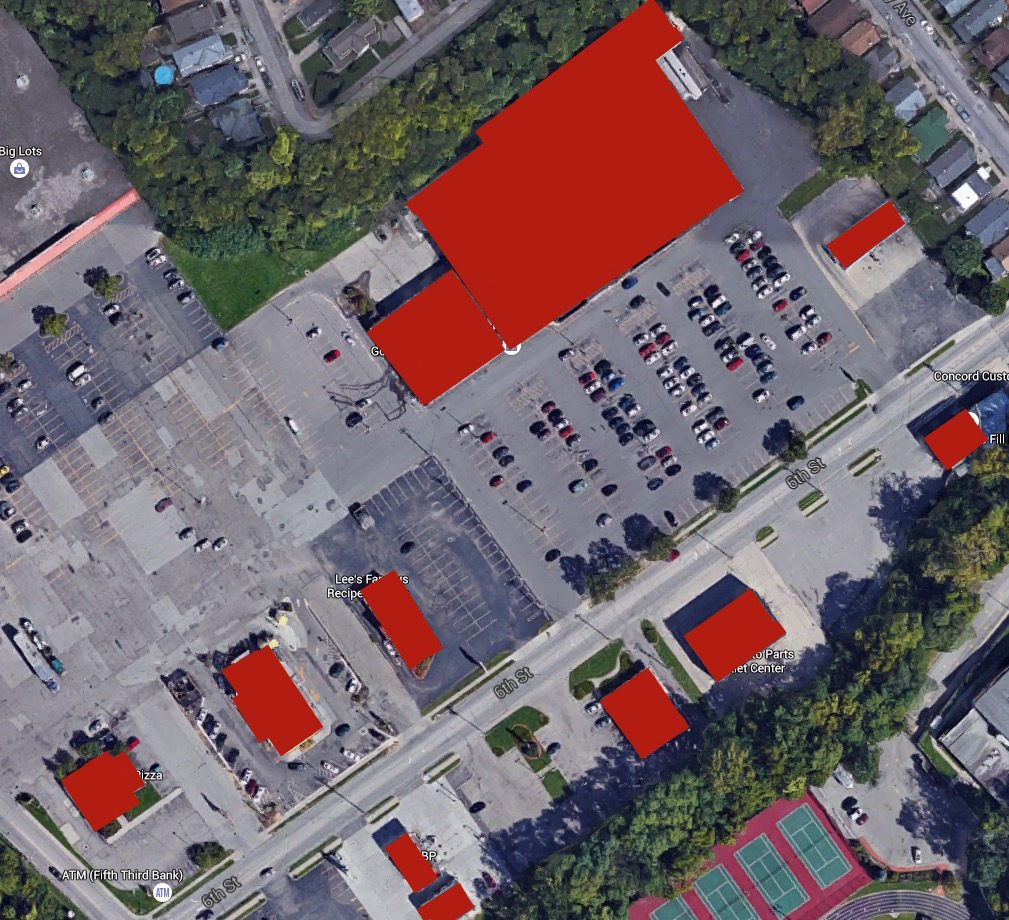
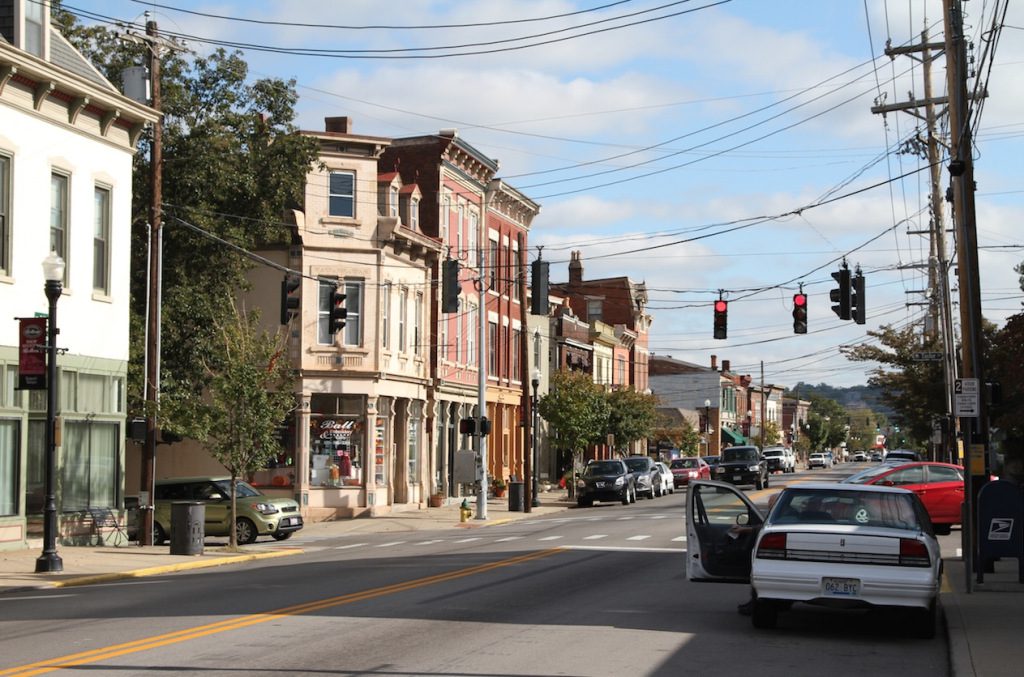
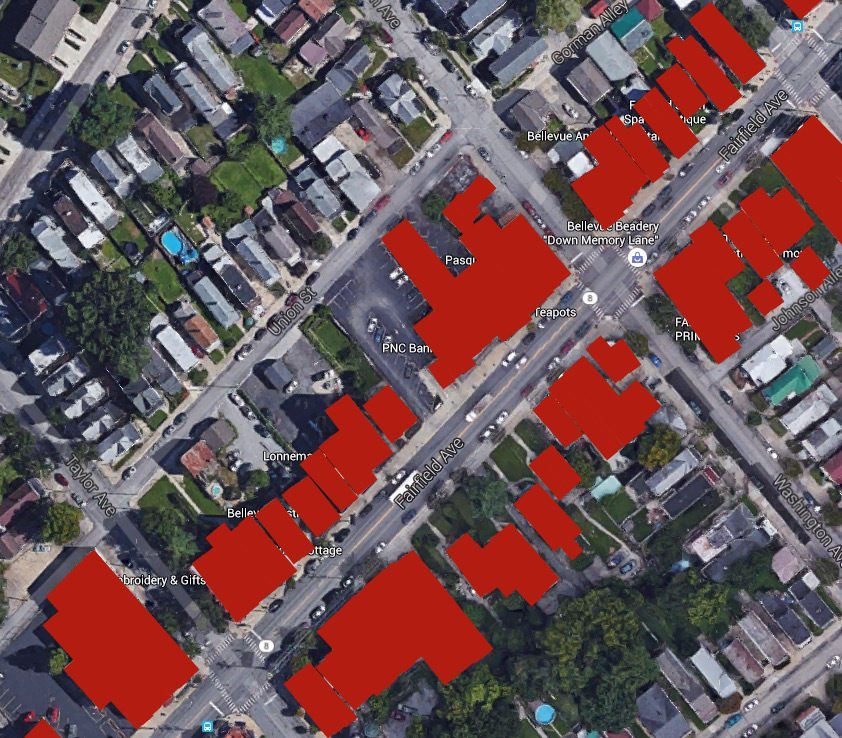
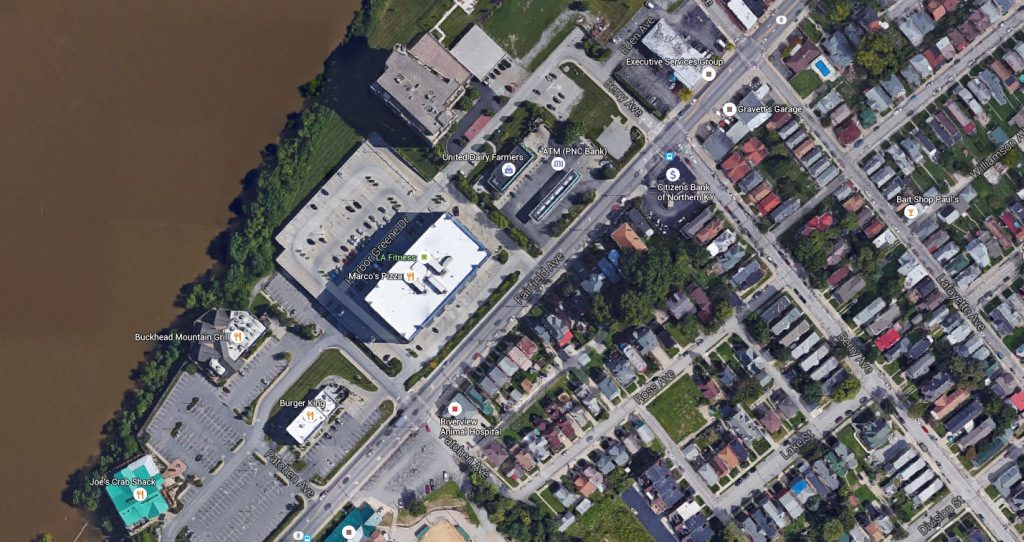
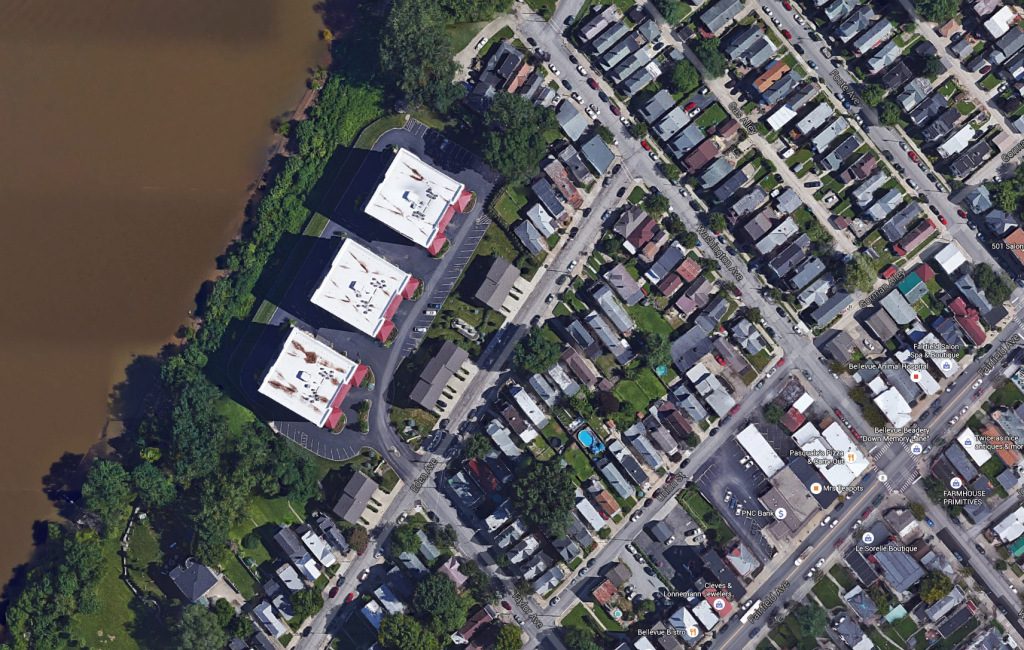
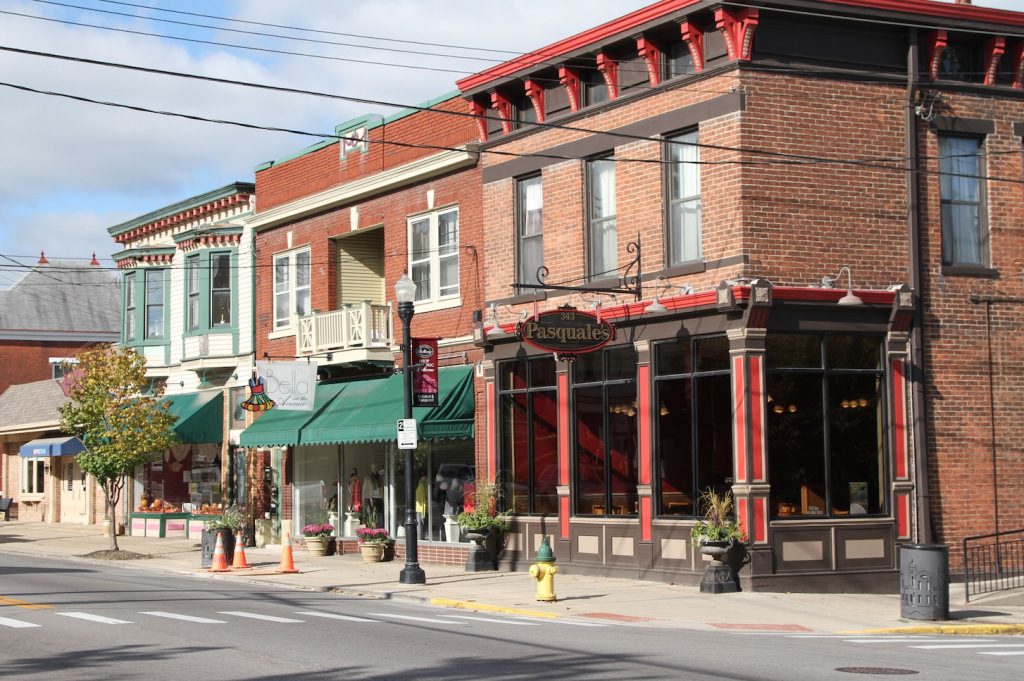
Comments